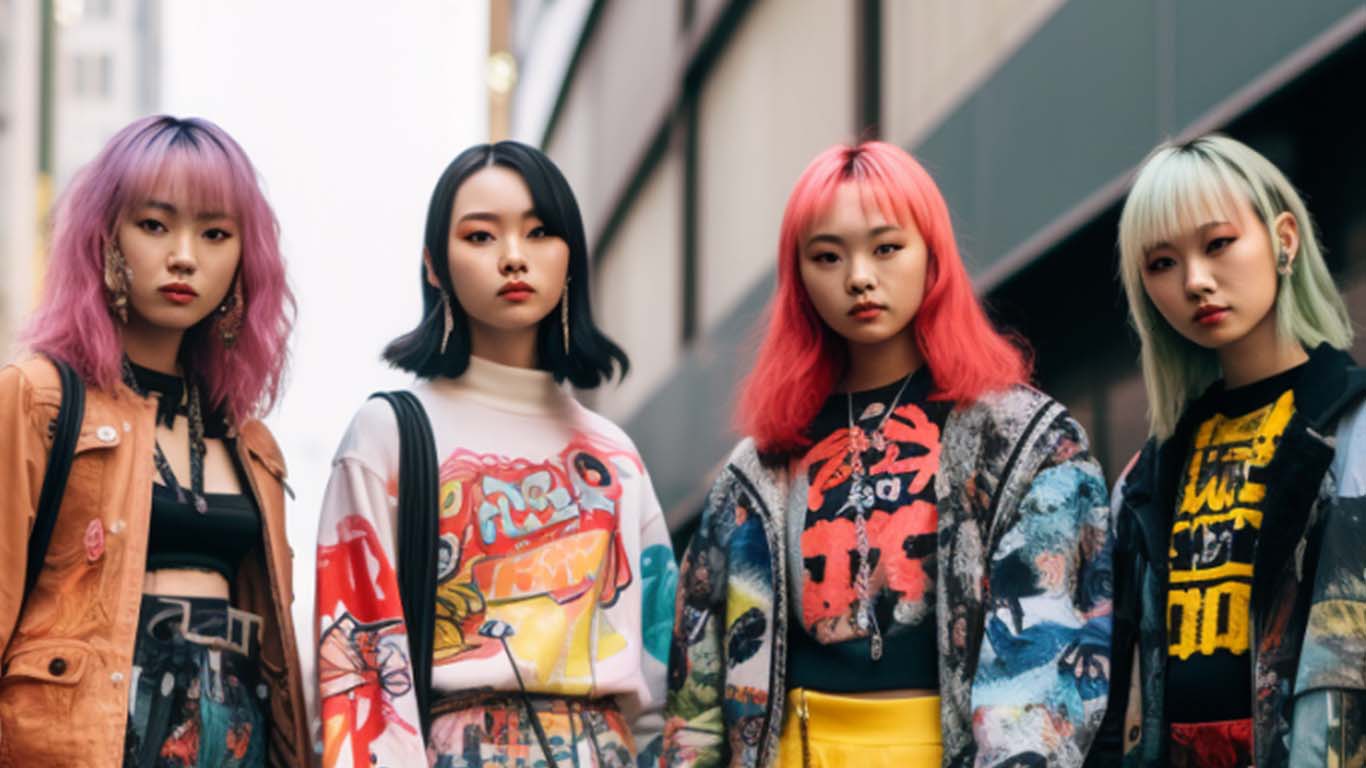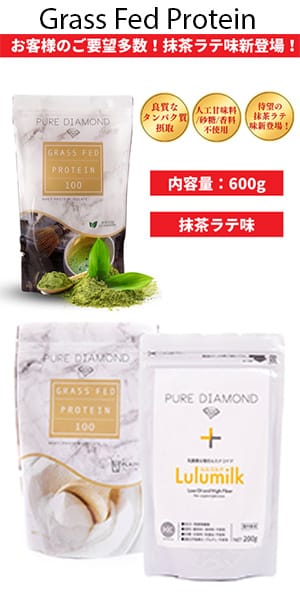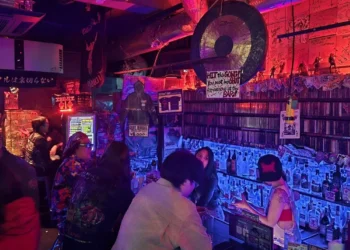No products in the cart.
Japanese Street Fashion: A Trendsetting Style Movement
Japanese Street Fashion: A Trendsetting Style Movement
Japanese Street Fashion: A Trendsetting Style Movement
Introduction
Japanese street fashion has emerged as a unique and influential style movement, captivating fashion enthusiasts around the world.With its distinctive aesthetics and avant-garde approach, Japanese street fashion has left an indelible mark on the global fashion industry, particularly in the United States. This trendsetting phenomenon is characterized by a fusion of local and foreign brands, resulting in a vibrant and eclectic fashion landscape.
Japanese street fashion has become a global inspiration for designers, influencers, and fashion enthusiasts alike. Its ability to push boundaries and challenge traditional norms has made it a force to be reckoned with. Whether it’s the vibrant colors, bold accessories, or playful mix of patterns, Japanese street fashion has a way of capturing attention and making a statement.
Overview of Japanese Street Fashion
Japanese street fashion is renowned for its ability to seamlessly blend various styles, creating a distinctive and eye-catching aesthetic. This fashion movement is driven by the vibrant youth culture in Japan, where young people actively participate in shaping and evolving new styles and fashion subcultures. Japanese street fashion is not just about following trends; it’s about self-expression and individuality.
One of the factors that contribute to the unique nature of Japanese street fashion is the influence of consumerism and the availability of disposable income. Japanese consumers have a strong appetite for fashion, and this demand drives the development of new styles and trends. The fashion industry in Japan is highly responsive to consumer preferences, constantly innovating and experimenting with new ideas.
The availability of online resources and magazines dedicated to Japanese street fashion has also played a significant role in its popularity. These platforms provide fashion enthusiasts with inspiration and information, allowing them to stay up to date with the ever-changing Japanese fashion scene.Street style photography from Tokyo fashion events showcases the creativity and diversity of Japanese street fashion, capturing the attention of fashion lovers worldwide.
Popular Fashion Trends in Japan

Japanese fashion is known for its ability to embrace and create trends that resonate with the youth culture. The following are some of the popular fashion trends in Japan that have gained momentum in recent years:
- Sustainable fashion: With the growing awareness of environmental issues, sustainable fashion has become increasingly important in Japan.Brands like Muji have incorporated organic cotton and recycled materials in their products, catering to the demand for environmentally conscious fashion. This trend reflects the desire of Japanese consumers to make more sustainable choices and reduce their environmental footprint.
- Second-hand clothing: Second-hand clothing stores have become popular in Japan, offering unique vintage items and reducing environmental footprints. These stores provide an opportunity for individuals to find one-of-a-kind pieces while also embracing a more sustainable approach to fashion.
- Japanese denim: Japanese denim is renowned for its quality and craftsmanship. It features selvage denim and indigo dyeing techniques, making it highly sought after by fashion enthusiasts around the world. Japanese denim represents a blend of traditional craftsmanship and modern style, creating a unique and desirable product.
- Oversized shirts: Oversized shirts have emerged as a favorite fashion choice among Japanese youth. The relaxed and comfortable fit of oversized shirts appeals to those who value both style and comfort. This trend reflects the desire for a more laid-back and effortless aesthetic.
- Cargo pants: Cargo pants have experienced a surge in popularity in Japan. These pants offer practicality and versatility, making them a favorite choice among fashion-forward individuals. Cargo pants can be styled in various ways, from casual streetwear looks to more elevated and polished outfits.
- Polka dots: Polka dots have become a ubiquitous presence in Japanese fashion. This classic pattern adds a touch of vintage charm and playfulness to outfits, blending vintage aesthetics with a modern twist. Polka dots can be seen in various garments and accessories, adding a whimsical touch to Japanese street fashion.
The popularity of these trends reflects the ever-evolving nature of Japanese street fashion. It is a testament to the creativity and innovation that drives this fashion movement.
Influence of Harajuku on Japanese Street Fashion
Harajuku, a vibrant neighborhood in Tokyo, has had a profound influence on Japanese street fashion. Known for its creativity and fashion-forward culture, Harajuku serves as a hub for fashion enthusiasts and trendsetters. Harajuku fashion embraces individualism and self-expression, rejecting fashion trends and rules.
One of the most iconic aspects of Harajuku fashion is its diversity. The neighborhood is home to a wide range of aesthetics, from gothic and punk-inspired looks to cute and whimsical styles. Tokyo Fashion Week, held in Harajuku, showcases the creativity and innovation of Japanese street fashion. Moody color palettes, bulky layering, platform boots, and voluminous ruffles are some of the trends that have emerged from this fashion-forward neighborhood [3].
Harajuku fashion is not just about following trends; it’s about creating a unique and personalized look that reflects one’s individuality. The fashion styles seen in Harajuku are a true reflection of the eclectic and diverse nature of Japanese street fashion.

Kawaii Fashion and Its Impact

Kawaii fashion is a prominent subculture within Japanese street fashion, known for its cute and playful aesthetic. Kawaii, which means “cute” or “adorable” in Japanese, has had a significant impact on Japanese street fashion, influencing and shaping trends in various ways.
Kawaii fashion is characterized by its use of pastel colors, adorable accessories, and cute characters or motifs. From Hello Kitty to My Melody, these characters have become synonymous with kawaii fashion and have been incorporated into clothing, accessories, and even beauty products. Kawaii fashion embraces a sense of innocence and charm, creating a whimsical and lighthearted look.
The influence of kawaii fashion can be seen not only in Japan but also in various parts of the world. Many fashion enthusiasts around the globe have embraced the kawaii aesthetic, incorporating elements of cuteness into their outfits and personal style. Kawaii fashion has become a global trend, inspiring designers and influencers worldwide.

Lolita Fashion and Its Substyles
Lolita fashion is a popular subculture within Japanese street fashion, known for its Victorian-inspired looks and emphasis on modesty. This substyle showcases intricate dresses, petticoats, and elegant accessories, creating a unique and romantic aesthetic.

Within the Lolita fashion subculture, there are various substyles that cater to different preferences and tastes. Gothic Lolita, characterized by its dark and dramatic elements, appeals to those with a penchant for a more mysterious and edgy aesthetic. On the other hand, Sweet Lolita is known for its pastel colors, whimsical designs, and an overall emphasis on creating a cute and youthful look.
Classic Lolita embraces a more vintage-inspired aesthetic, with a focus on elegance and sophistication. This substyle often incorporates elements of traditional Victorian fashion, such as lace and ruffles, creating a refined and timeless look. Punk Lolita combines elements of punk fashion with the traditional Lolita style, creating a rebellious and edgy aesthetic.
Each substyle within Lolita fashion has its own unique characteristics and aesthetic, allowing individuals to express their personal style within the broader Lolita fashion community. The creativity and attention to detail that goes into creating a Lolita outfit make it a truly distinctive and captivating style.
Gyaru Fashion and Its Characteristics

Gyaru fashion is another prominent subculture within Japanese street fashion, characterized by its glamorous and colorful styles. This fashion movement originated in the 1990s and has evolved over time, incorporating elements from Western fashion and creating a distinct Japanese interpretation.
Gyaru fashion is often associated with heavy makeup, dyed hair, and trendy fashion choices. The emphasis is on creating a glamorous and eye-catching look. The style embraces bold colors, statement accessories, and figure-hugging clothing. Gyaru fashion is all about expressing confidence and embracing one’s individuality.
Over the years, Gyaru fashion has evolved into various substyles, each with its own unique characteristics. Hime Gyaru, for example, is known for its princess-like aesthetic, with an emphasis on elegance and luxury. Ganguro, on the other hand, takes a more extreme approach, incorporating elements of hip-hop fashion, tanned skin, and vibrant makeup.
The diversity within Gyaru fashion allows individuals to experiment with different looks and styles, creating a fashion movement that is constantly evolving and pushing boundaries.
Streetwear and Its Popularity
Streetwear has become immensely popular in Japanese street fashion, influenced by both local and international streetwear brands. This style is characterized by its casual and comfortable clothing choices, often featuring oversized silhouettes, sportswear-inspired pieces, and graphic prints.
The popularity of streetwear in Japanese street fashion can be attributed to various factors. One of the key influences is hip-hop culture, which has had a significant impact on Japanese fashion. The desire for comfortable yet stylish clothing among Japanese youth has also contributed to the rise of streetwear in Japanese street fashion.
Streetwear has blurred the lines between high fashion and street style, creating a space where individuals can express their personal style and embrace a relaxed yet fashionable aesthetic. It has become a symbol of urban culture and self-expression, resonating with fashion enthusiasts around the world.
Visual Kei Fashion and Its Origins

Visual Kei fashion is a music-inspired subculture that has had a significant impact on Japanese street fashion. It is known for its flamboyant and theatrical style, characterized by bold hairstyles, elaborate makeup, and extravagant outfits.
Visual Kei fashion originated in the 1980s and was heavily influenced by Japanese rock bands and musicians. Artists like X Japan and Malice Mizer brought Visual Kei fashion into the mainstream, with their unique and striking appearance. The style is characterized by a blend of gothic, punk, and glam rock elements, creating a visually captivating and extravagant aesthetic.
The influence of Visual Kei fashion can be seen not only within the music industry but also in the broader Japanese street fashion scene. It has inspired fashion trends and created a distinct visual identity within Japanese street fashion. Visual Kei fashion embodies the spirit of self-expression and creativity, encouraging individuals to embrace their unique style.
Conclusion
Japanese street fashion offers a rich tapestry of styles and trends, driven by the vibrant youth culture and the desire for self-expression. From the influence of Harajuku’s creative and fashion-forward culture to the impact of kawaii fashion and the diversity of substyles within Lolita and Gyaru fashion, Japanese street fashion continues to inspire and captivate fashion enthusiasts worldwide. The popularity of streetwear and the flamboyant Visual Kei fashion further exemplify the dynamic and ever-evolving nature of Japanese street fashion. With its distinctive aesthetics and trendsetting approach, Japanese street fashion remains at the forefront of the global fashion industry, influencing and shaping fashion trends around the world.
References
.vogue.com/slideshow/the-best-street-style-photos-from-the-spring-2023-shows-in-tokyo)
.japanwondertravel.com/popular-japanese-fashion-trends-in-2023-51463)
[3] Source: Fashionista – Best Tokyo Fashion Week Street Style Fall 2023
.wikipedia.org/wiki/japanese%5Fstreet%5Ffashion)









